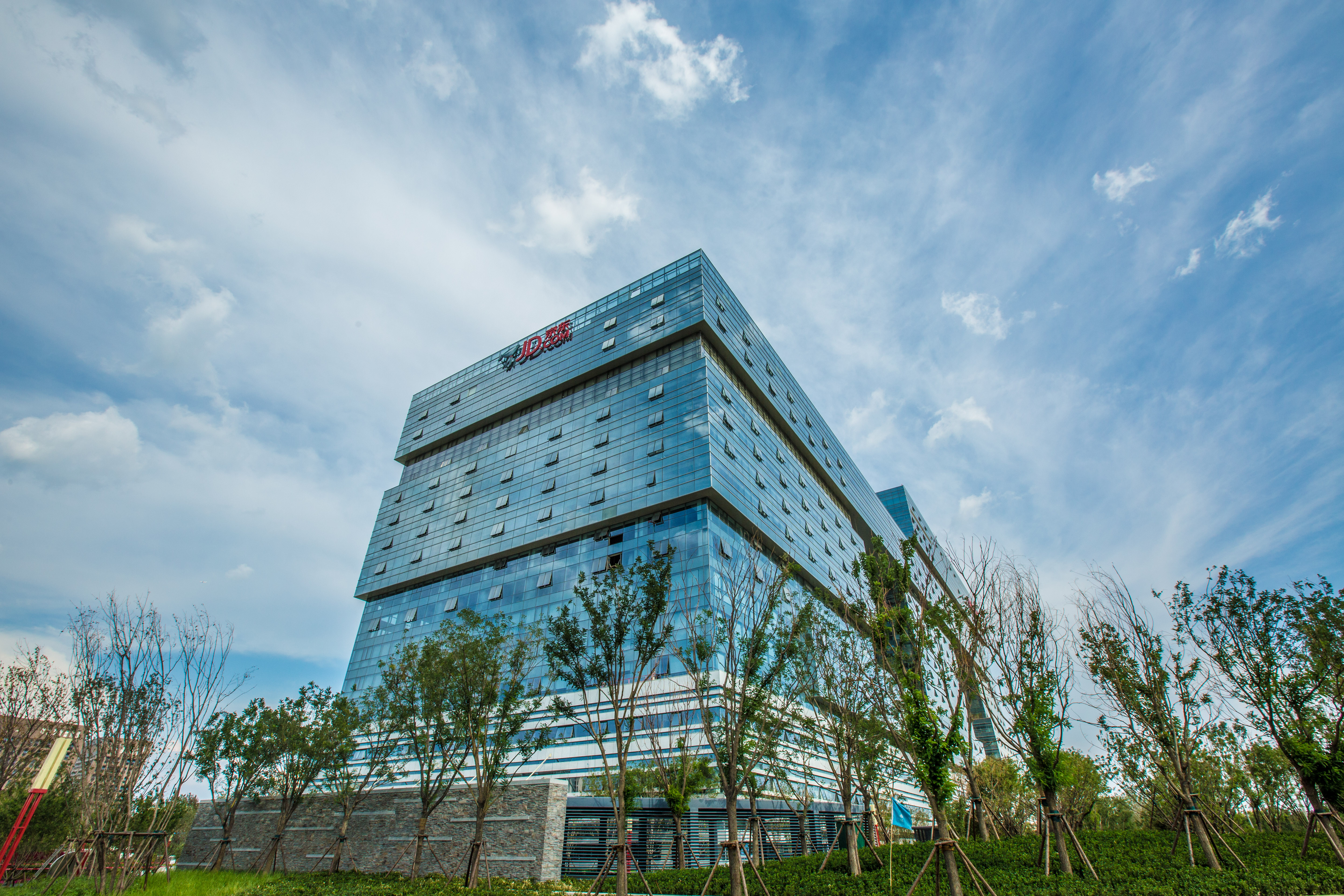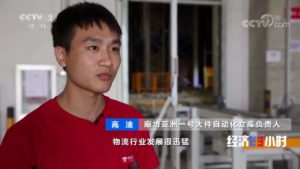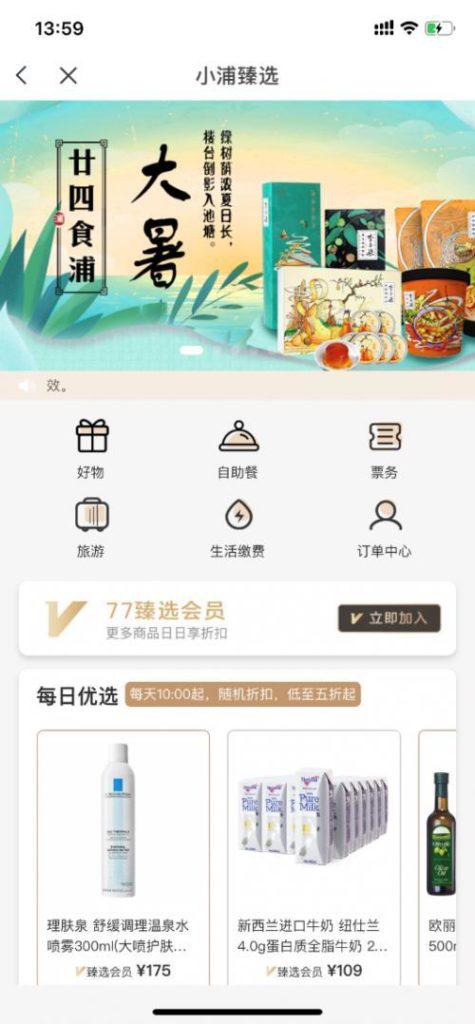Here we consolidate a selection of the news regularly and give context on why it matters. Have any topics you are hoping we’ll explore or address? Email ella@jd.com
by Ella Kidron
Company updates
In the e-commerce world, “CLO” gets a new meaning. In mid-July, JD welcomed star rocker Wang Feng (who is also husband of actress Zhang Ziyi) as its Chief Livestream Officer. As Chief Livestreaming Officer, he will fully participate in the product selection process and try the products to ensure that only high quality goods are recommended to consumers. JD’s strong supply chain ability will further guarantee consumers’ shopping experience. In his first livestreaming Wang Feng sold over RMB 200 million yuan (US$28.6 million) of products in just four hours, and attracted over 9.15 million views. Get the full story.

JD’s “CLO”, star rocker Wang Feng
JD MRO valued at over US$2 billion: According to the China Enterprise Digital Procurement Development Report 2019, JD Business ranks first among procurement platforms with a market share of 52.3%. JD MRO, the subsidiary platform for maintenance, repair and operations products under JD business, raised US$230 million in its Series A financing round, becoming the most valued MRO platform with the highest post-money valuation of more than US$2 billion. By the end of the first half of 2020, JD Business, JD.com’s enterprise procurement business, has served over 8 million enterprise clients, covering 91% of global Fortune 500 companies.
JD Health driving development in the ‘blue ocean’ of Internet medical services. On July 21st, the Chinese government issued a guideline to further relax limitations on internet medical services. The guideline mentions that on the premise of ensuring medical safety and quality, qualified internet medical services will be included in the national medical insurance scheme. Internet medical services has gained more attention as a result of the pandemic situation and governmental policy support. JD Health is widely viewed as a leader in this space. The platform, which is a subsidiary of JD.com, reached unicorn status about closing a US$1 billion funding found in 2019. Get the full story.
Business specific
Can’t stop, won’t stop – Niche luxury brands continue to join JD at a steady clip. Swedish shoe brand Axel Arigato, French Jewelry Brand Philippe Ferrandis, Japanese jewelry brand AHKAH, Turkish leather goods brand Manu Atelier and Yohji Yamamoto are some of the brands to have joined JD just in the month of July.
JD’s smart customer service can now predict consumers’ intentions. The platform which gained its claim to fame by being able to sense customers’ emotions and respond appropriately is now able to calculate the type of question a customer might ask and match it with the best solution. Inquiring about order status? You’ll receive a prompt regarding delivery time. This is just one of the many examples illustrating how JD is making the e-commerce experience more efficient for customers and merchants alike.
JD Retail and Tencent Games link up. JD Retail has signed a strategic partnership with Tencent Games’ King Pro League (KPL) e-sports tournaments for China’s most popular game, Honor of Kings. The partnership is focused on the development of the tournaments themselves, as well as collaboration in event promotion, user expansion, fan interaction and more. Get the full story.
In other gaming news, The China Digital Entertainment Expo & Conference, also known as ChinaJoy, has partnered with JD’s premium membership program JD PLUS, to provide a virtual online experience for nationwide fans. Under the partnership, JD will become one of the official entrances for ChinaJoy Plus, the virtual version of the event, providing access to livestreaming, online press conferences, product showcases and more.
Home appliances retailer Gome (国美 in Chinese) has launched nearly 20,000 SKUs of JD Super’s first party consumer goods. JD Super will provide logistics and after-sales service. The move comes after JD and Gome formed a strategic partnership focused on product purchase and sale, logistics and financial services and more in late May of this year. Get the full story.
Over 400 JD Computer and Digital stores around China are building a “One-hour Delivery Circle” for customers. Through the program, when customers order digital products, they can place them through JDDJ (JD Daojia, a local on-demand retail platform under Dada Group), and enjoy delivery in just an hour. The move is another example of JD’s commitment to fully integrate online and offline shopping experiences, increasing convenience for consumers.
Last week at JD in photos: https://jdcorporateblog.com/photo-gallery-this-week-at-jd-july-13-july-17/
The Long Read
Have a bit more time? Check out some of our recent in-depth reports.
(ella@jd.com)













